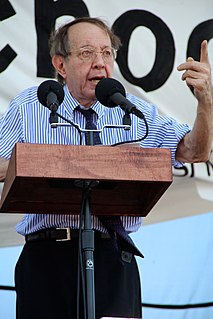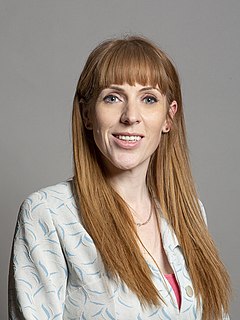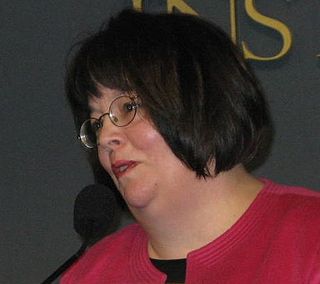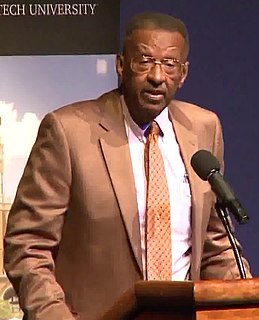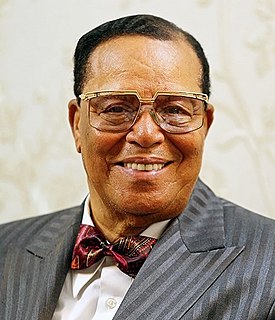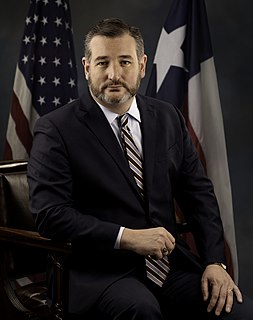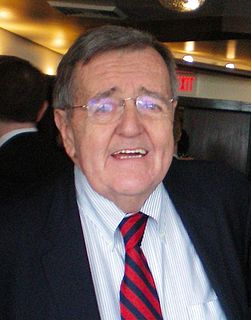A Quote by Jonathan Kozol
Nationally, overwhelmingly non-white schools receive $1,000 less per pupil than overwhelmingly white schools.
Related Quotes
The Nation of Islam's main focus was teaching black pride and self-awareness. Why should we keep trying to force ourselves into white restaurants and schools when white people didn't want us? Why not clean up our own neighborhoods and schools instead of trying to move out of them and into white people's neighborhoods?
Take Washington, D.C., which spends over $10,000 per student for education whose student achievement would be dead last if Mississippi chose to secede from the Union. Suppose Washington gave each parent even a $5,000 voucher - that wouldn't mean less money available per student. To the contrary, holding total education expenditures constant, it'd mean more money per student remaining in public schools.
White people won't give you nothing because in their minds you don't deserve nothing. If the schools close, the hell with that every church should be a school. And then we should take over the schools in our own community that they closed down. Open them up and then make the government give us our tax dollars that we pay for an education that we don't receive.
Once in a while you get people that maybe because of economic reasons, or have a social network, they get attracted. But it's a very tiny percent so that when we look at, you know, who are pastors and who are the head clergy of these congregations, they're overwhelmingly white, just a few African Americans, and those folks are usually called to what were formerly white congregations, or they started interracial church from the get-go.
